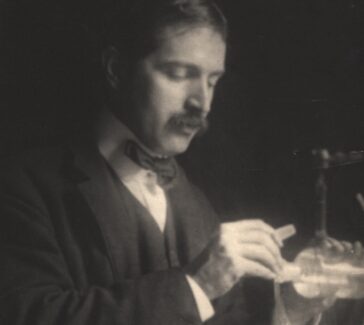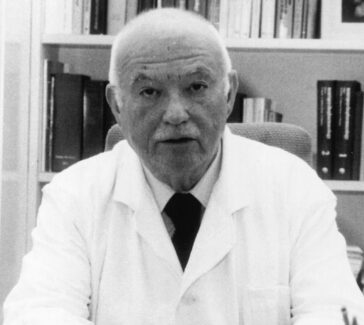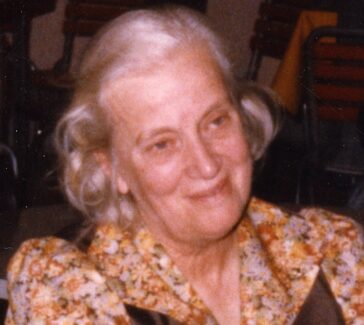Susan Solomon
In the mid-1980s, Solomon led expeditions to Antarctica to gather evidence that CFCs were destroying the ozone layer.
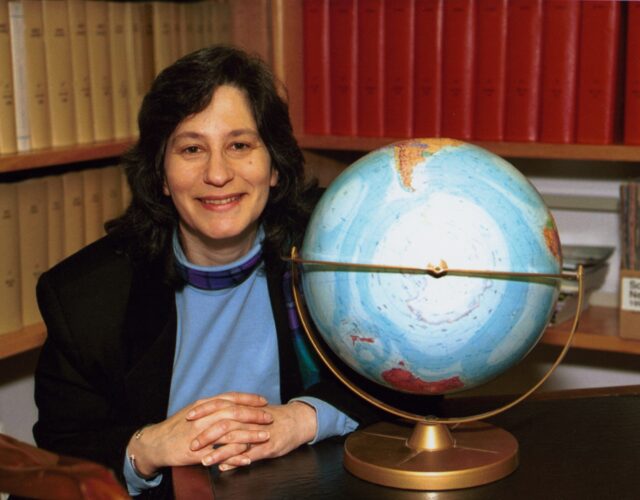
Science takes time. In 1986 Susan Solomon (b. 1956) provided the most conclusive evidence for the theory proposed 13 years earlier that CFCs could be destroying the protective layer of ozone in the earth’s upper atmosphere.
In 1973 a postdoctoral researcher named Mario Molina proposed that a class of compounds called chlorofluorocarbons, or CFCs, had the potential to destroy the protective layer of ozone (an oxygen compound) in the earth’s upper atmosphere. The world did not pay much attention, however, until scientists made the alarming observation in 1983 that ozone levels in the stratosphere above Antarctica had been dropping dramatically, by as much as 35 percent, during the Antarctic spring compared with 1960s levels.
With that announcement the race was on to discover what was causing the “ozone hole.” Why was the ozone depletion happening so much faster than anyone had expected? And why over Antarctica? If CFCs were responsible, why did the hole form so far from where CFCs were being used? To answer these questions, an expedition to Antarctica was organized in 1986, led by Susan Solomon of the National Oceanic and Atmospheric Administration (NOAA).
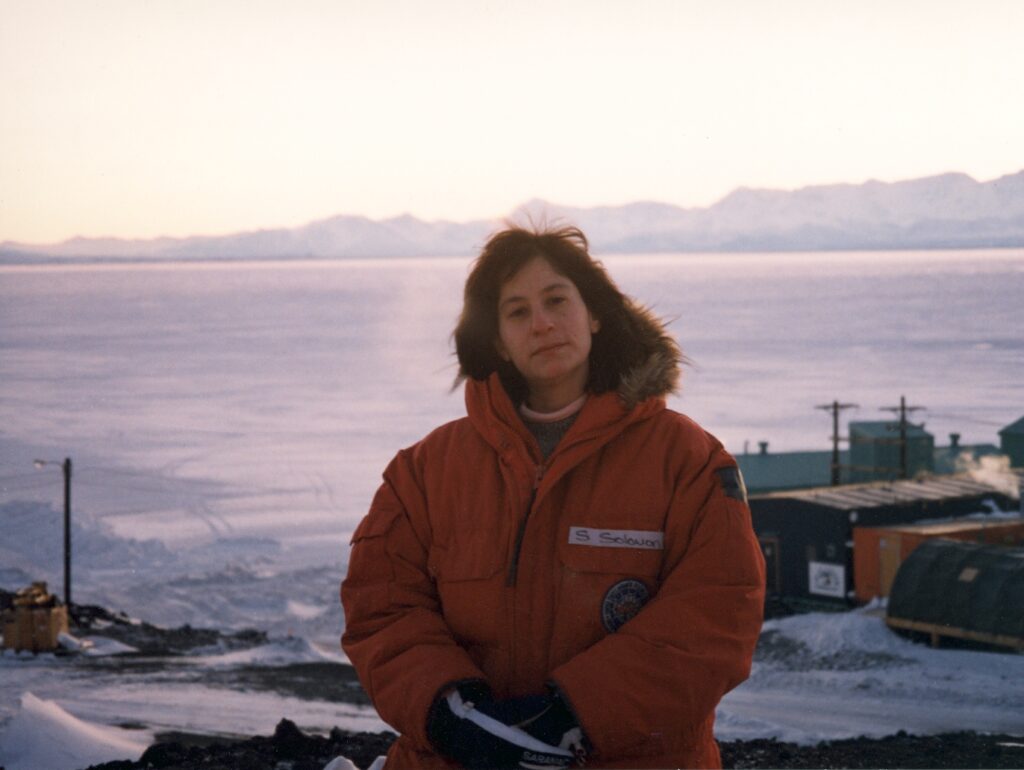
Early Interest in Science
Solomon, a Chicago native, first got hooked on science as a child while watching television shows like The Undersea World of Jacques Cousteau. In high school she took third place in a national science fair with a project that measured the amount of oxygen in gas mixtures, foreshadowing her future work in atmospheric chemistry. After high school she studied chemistry at the Illinois Institute of Technology (IIT) in Chicago.
With her BS degree from IIT in hand in 1977, she entered graduate school at the University of California at Berkeley, where she specialized in atmospheric chemistry. She completed her doctoral work in 1981 and then joined NOAA.
NOAA and the Ozone Hole
At NOAA, Solomon began investigating the potential connection between CFCs and the ozone hole. According to Molina’s theory, photons from ultraviolet light can break apart CFC molecules, releasing chlorine atoms, among other products. Since chlorine has an unpaired electron, it is a radical. Radicals are very reactive, so chlorine atoms react easily with molecules of ozone. When a chlorine atom encounters an ozone molecule (O3), it takes one of the oxygen atoms away, leaving O2 and ClO. ClO is also a reactive radical and reacts quickly with another ozone molecule, converting it to two O2 molecules, and freeing the Cl to do still more damage. Since the radical Cl atom starts this whole reaction, but is not consumed in the process, it is a catalyst for the ozone destruction reaction.
If Molina was right, why was the hole in the ozone forming specifically over Antarctica, and why at such a rapid rate? Solomon theorized that the answer lay in polar stratospheric clouds (PSCs), clouds in the winter polar stratosphere at altitudes of 49,000 to 82,000 feet. PSCs are present at each of the earth’s poles, although they are more common over Antarctica. Solomon believed that the Antarctic PSCs were electrostatically attracting CFCs and providing ideal solid surfaces, in the form of ice crystals, on which Molina’s proposed ozone-depleting reactions could rapidly take place. Ozone breakdown could also occur at other latitudes, but at much slower rates.
A Trek to the South Pole
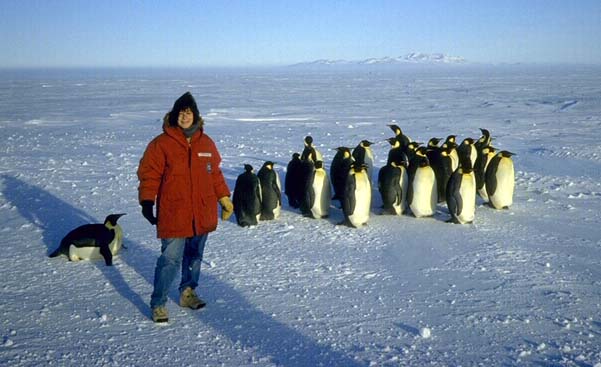
In Solomon’s mind, the smoking gun that CFCs were the guilty party for ozone depletion would be the presence of ClO in the stratosphere at the same time and place as ozone loss was detected, which would make it hard to deny that CFCs were to blame for ozone loss.
With the support of NOAA, she and her colleagues decided to put her hypothesis to the test. Because the ozone hole opened up in the early Antarctic spring (September through December), Solomon and her team had to travel to McMurdo Base, Antarctica, in the late winter (August 1986) to study the hole as it formed, enduring brutally cold temperatures and nearly 24-hour-a-day darkness. During this and a second expedition in 1987, Solomon and her team were able to gather enough data to show high levels of ClO being released by the breakdown of CFCs in the atmosphere. Molina’s theory was vindicated.
The Montreal Protocol and Beyond
In 1987 the Montreal Protocol for reducing named substances that deplete the ozone layer was opened for signature. By 2009 all nations in the United Nations had ratified the original protocol. In 1996 Molina along with his colleague and mentor F. Sherwood Rowland were awarded the Nobel Prize in Chemistry, along with Swedish scientist Paul Crutzen, for the work they had done in helping unravel the mysteries and dangers of CFCs.
Solomon has gone on to investigate ozone depletion in the atmosphere elsewhere in the world. She has led missions to the Arctic to study a smaller ozone hole that has developed over the North Pole and has helped show how volcanoes can speed up CFC-induced ozone destruction. She is also the author of The Coldest March: Scott’s Fatal Antarctic Expedition (2001).
In 2011, after 30 years with NOAA, Solomon left her position as a government researcher to join the Massachusetts Institute of Technology’s Department of Earth, Atmospheric and Planetary Science, where she is the Ellen Swallow Richards Professor of Atmospheric Chemistry and Climate Science.
Recognition
Solomon has earned many honors for her work. In addition to having a glacier in Antarctica named for her in 1994, she was awarded the 1999 National Medal of Science, the highest scientific award bestowed by the U.S. government. In 2004 she received the international Blue Planet Prize, and in 2007 she shared in the Nobel Peace Prize awarded to the Intergovernmental Panel on Climate Change and former vice president Al Gore Jr. Solomon delivered the 2010 Ullyot Public Affairs Lecture (titled “A Tale for Our Times: Something for Everyone about Climate Change and the Reasons for Climate Gridlock”) at the Chemical Heritage Foundation, now the Science History Institute.
Featured image: Susan Solomon in her NOAA office in Boulder, Colorado, next to a globe showing Antarctica.
National Oceanic and Atmospheric Administration

